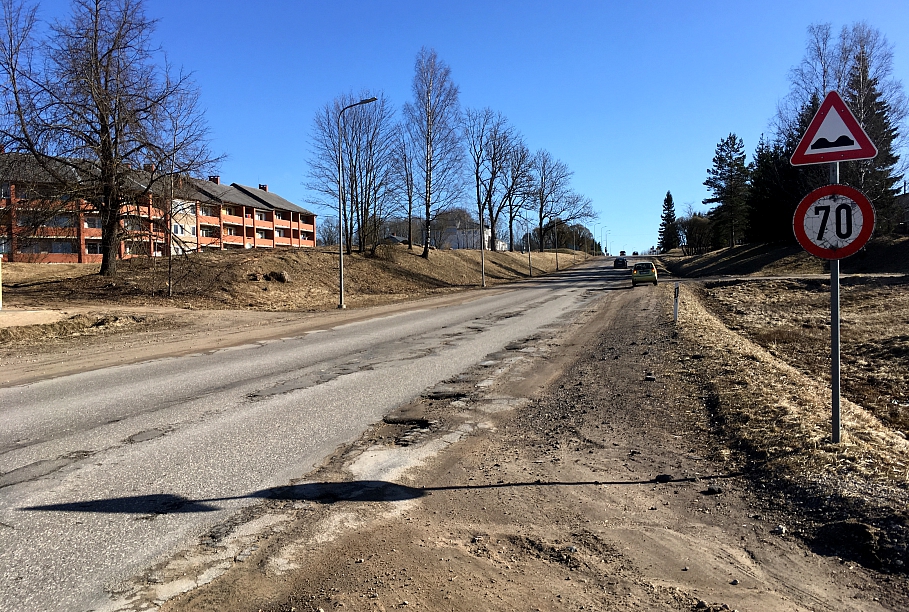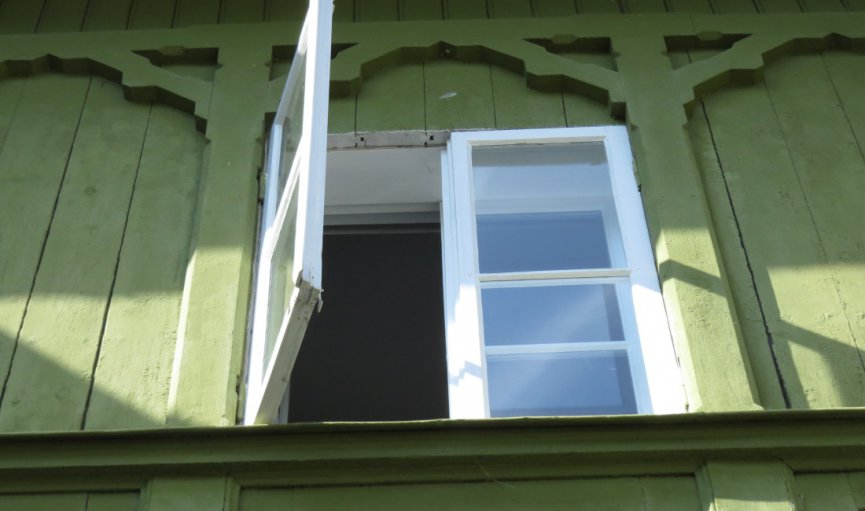What they mean for people
Cars need more frequent repairs because of potholes, and vehicles consume more gas as people use the roads that will inflict the least damage rather than the ones that are most direct.
Potholes are sometimes filled so slowly that they assume places not only on the roads, but deep within people's memories. The pothole on the right lane of Krasta street when entering central Rīga before the Salu bridge is a well-known example. It is almost on a par with Sigulda's famous Gutman cave as far as the Latvian mental landscape is concerned.
The regions outside Riga have it much worse, however. LSM reported in March that the Bauska municipality called an extraordinary meeting to declare a state of emergency due not to invasion, volcanic eruption or an outbreak of plague but due to the appalling state of the roads in the area.
Potholes, among other things, can be seen to symbolize the relative poverty of the countryside. In protest, locals sometimes get creative with the potholes, for example by putting plants in them.
As recently as June, a firetruck toppled over on a regional road when trying to avoid fir trees that were planted in potholes. Because Latvians love trees even more than potholes.
But these potholes, and their close relatives, buckles in the road surface, can also be benign. Every season, the monstrous bump in the road near the traffic lights at Vangazi gets flattened, but within weeks it has returned to warn motorists to slow down because there is a police patrol car parked just ahead.
Potholes don't affect motorists only. Ever since I got a new bicycle, I have changed the route of my daily commute in order to avoid the copious potholes as I make way through the maze of apartment complexes leading to the main road. I could probably do the route blindfold, but I would quickly be lost if the potholes were filled in with any sense of conviction. Luckily this is unlikely to happen and the only repairs ever attempted are of a variety known as "spray and pray" as they involve filling them with some black liquid then walking away.
Why are they so common?
There's too little money to fix them all, of course, but rational answers aren't always that interesting.
There's also the matter of the perceived difference between the quality of Latvian, Lithuanian and Estonian roads.
Popular lore that a cultural studies teacher passed down to us at school says that when Soviet commissaries went to Estonia and Lithuania on official visits, the hosts cleverly gave their guests' classy Chaika cars a run through the most rutted, pothole-ridden roads they could find.
Shocked at what they had seen and possibly bruised with aching backsides, the commissaries are supposed to have pulled strings to get the countries' roads fixed.
Latvians meanwhile, ever willing to please and impress, are supposed to have shown the Soviet officials only the best roads of the country in what could be described as a Potemkin tour of sorts.
This of course does not explain the difference twenty five years on after the fall of the Soviet Union, but the reasons for that might be tackled in a future Things of Latvia feature on 'Oligarchs' which in their way are also potholes of a kind.





























